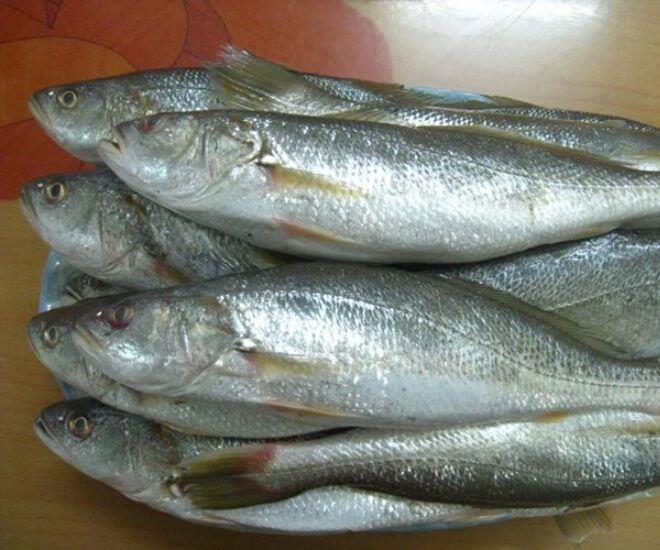
The Milkfish, locally known as “Cá Cu” or “Bè Cu,” is a saltwater catfish species widely distributed across Vietnam’s central coastal regions, including Quang Binh, Quang Tri, Hue, Quang Nam, and Da Nang. Globally, it thrives in the Pacific, Mediterranean, Atlantic, and Indian Oceans. This widespread presence highlights its significance as a staple seafood in numerous countries. In Da Nang, Vietnam, Milkfish is celebrated for its versatility in local cuisine, embodying the rich flavors of Central Vietnam.
Physically, the Milkfish resembles the tuna but with a flatter body adorned with shimmering silver scales. Its sharp snout and inward-curving teeth signify its predatory nature. Growing between 40 to 70 cm, it boasts firm, white, and fragrant flesh. Unlike other catfish, Milkfish lacks a strong fishy odor, offering a sweet and tender yet chewy texture that appeals to both locals and tourists. While available year-round, peak catches occur from February to April, when central fishermen often haul in abundant nets of this species.
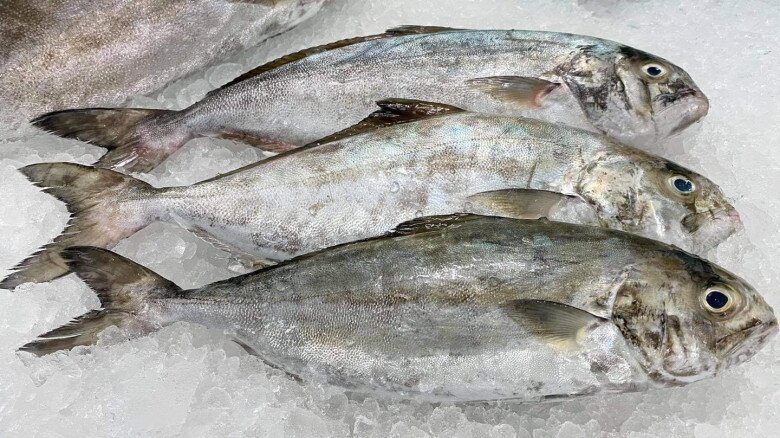
Milkfish’s diet evolves with age. Juveniles feed on floating plants and organic debris, while adults prey on big-eyed anchovies and invertebrates. This nutrient-rich diet imparts a distinct buttery flavor to its meat, setting it apart from other fish. Coastal communities have long cherished Milkfish, incorporating it into diverse dishes suitable for both daily meals and special occasions.
Culinary applications of Milkfish are vast. It can be simmered in a savory broth with rice noodles, creating a hearty stew. Milkfish congee is a soothing choice during dry or chilly weather. Other favorites include sour soup with bamboo shoots, starfruit, and tamarind leaves; crispy fried fillets served with garlic-chili fish sauce and fresh herbs; or steamed with lemongrass, chili, and black mushrooms to preserve its natural sweetness. Each dish reflects Central Vietnam’s culinary ingenuity.
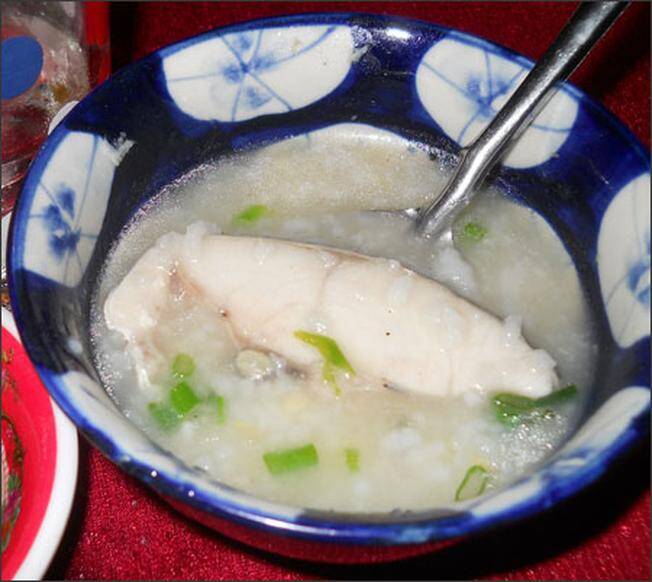
However, Milkfish hotpot reigns as Da Nang’s culinary icon. Found in seaside eateries, it captivates locals and tourists alike. Its simplicity lies in fresh fish marinated with pepper, chili, shallots, and fish sauce, paired with a broth infused with fish bones, lemongrass, tomatoes, okra, and tamarind. The result is a refreshing, umami-rich experience, perfect for communal dining.
Steamed Milkfish is another restaurant highlight. Cooked with lemongrass, chili, and wood ear mushrooms, it retains its delicate sweetness and tender texture. Visitors often rave about its subtlety and plan return visits. Milkfish congee, with its mild flavor, is equally beloved, especially by children and those recovering from illness.
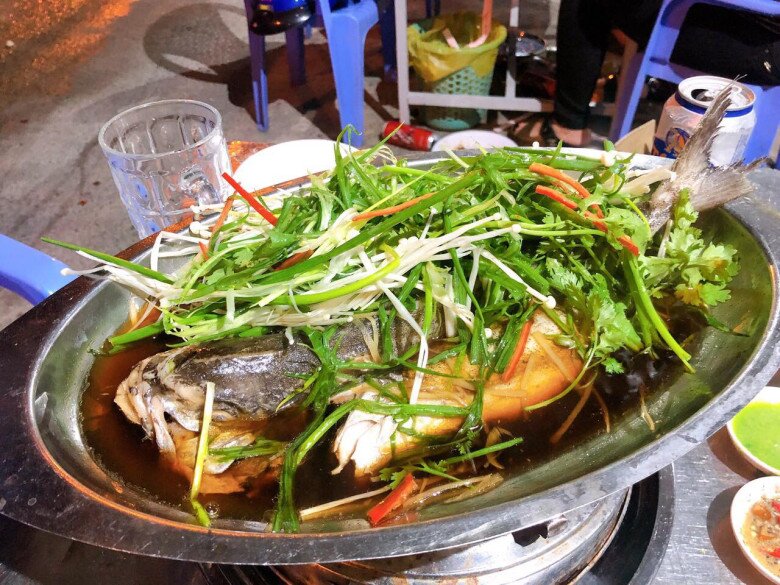
Beyond local consumption, Milkfish has become a high-value commercial product, priced between 150,000 and 450,000 VND/kg. Its premium stems from its exquisite taste and nutritional profile—high protein, low unhealthy fats, and rich in essential minerals and vitamins. Amid growing interest in healthy eating and local cuisine, Milkfish stands out as a sought-after delicacy.
Tourists visiting Da Nang often insist on trying Milkfish, whether in hotpot or steamed dishes. Its chewy sweetness, balanced by tangy broths or aromatic herbs, defines Central Vietnam’s culinary identity. From humble fishermen’s meals to gourmet restaurant fare, Milkfish has elevated the region’s gastronomic reputation, offering visitors an authentic taste of its culture and hospitality.
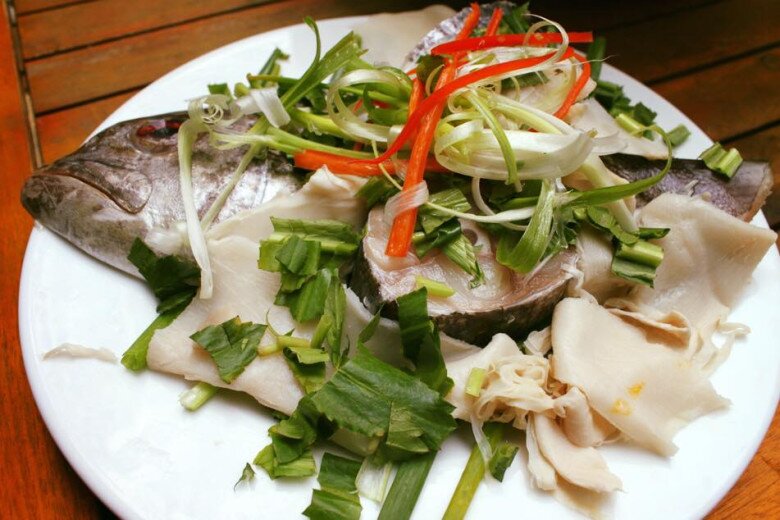
Every tourist season, alongside exploring Da Nang’s scenic beauty, visitors seek the warmth of a Milkfish hotpot, savoring its flavors while bonding with loved ones. This experience encapsulates Central Vietnam’s warmth and culinary finesse. From traditional home-cooked meals to upscale dining, Milkfish enriches Vietnam’s culinary heritage, making it an indispensable part of any traveler’s journey to understand the region’s people, land, and sea.






























